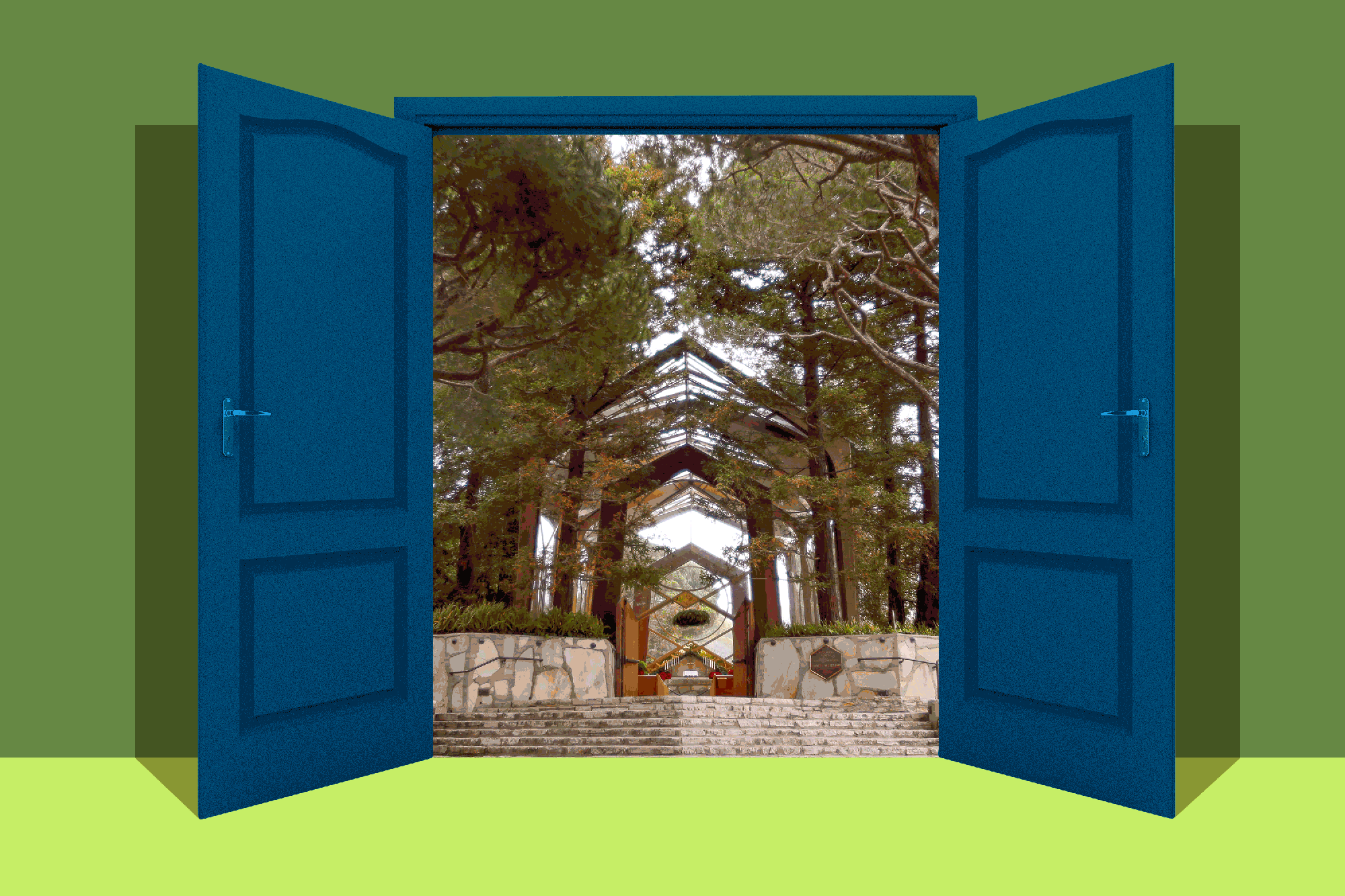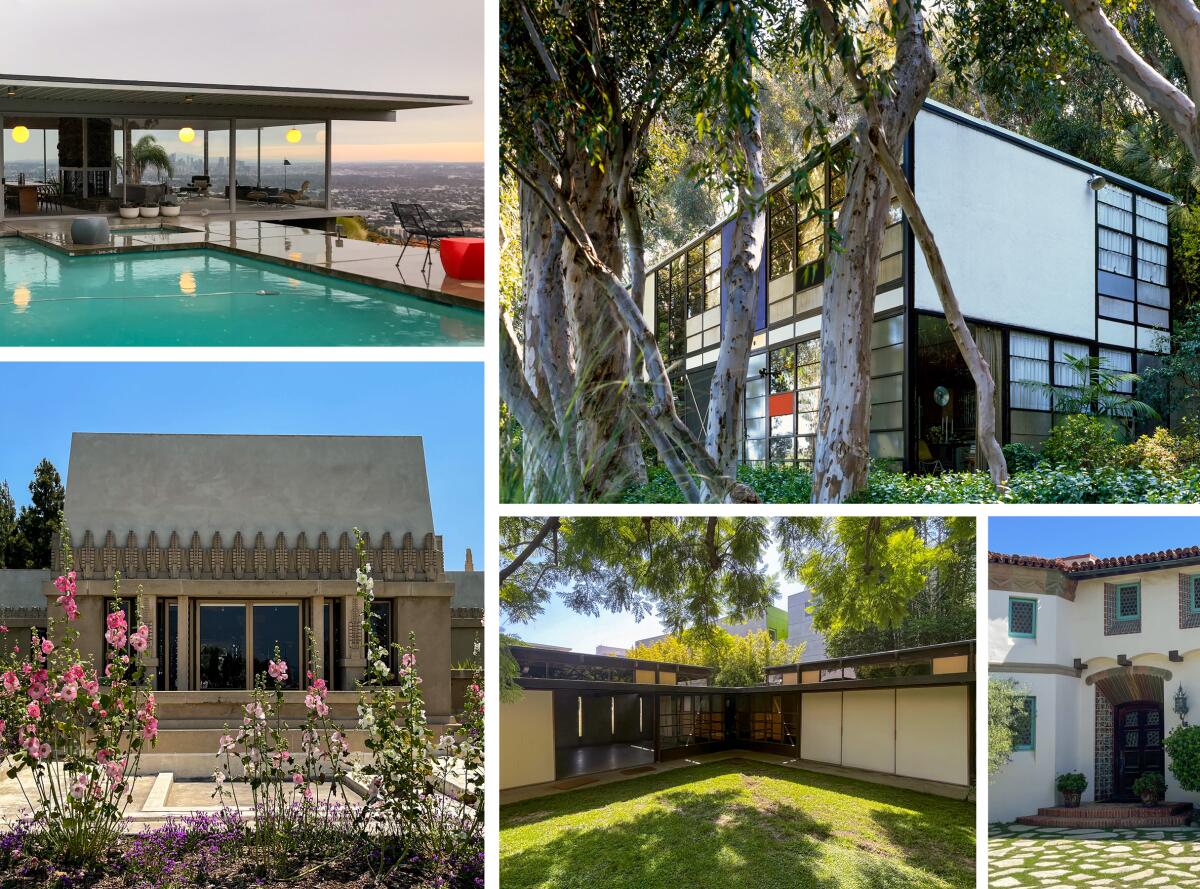
11 iconic L.A. homes you can tour IRL: Frank Lloyd Wright, Neutra, Eames and more
The most iconic homes in L.A. are all about the details — in the concrete textile blocks of Frank Lloyd Wright’s Ennis House, in the hand-carved millwork of Greene & Greene’s Gamble House, and in the pool that cantilevers over the hillside outside Pierre Koenig‘s Stahl House.
The steel-and-glass Eames House in Pacific Palisades was considered so important to 20th Century design, it was left largely intact after designers Charles and Ray Eames died. In 2014, the Eameses’ living room contents were carefully cataloged, moved and re-created inside Los Angeles County Museum of Art. (That’s the thing about L.A. architecture: it can be like a work of art you stumble upon in a museum.)
Planning your weekend?
Stay up to date on the best things to do, see and eat in L.A.
In a city as complex as L.A., it’s easy to be overwhelmed by the diversity of architecture. Walk around most neighborhoods, and you’ll find a mix of Midcentury Modern, Streamline Moderne, Spanish Revival and Tudor architecture standing side by side.
Guided and self-guided tours through L.A. landmarks, from Dolby Theatre to SoFi Stadium, give you an inside look at hidden areas and reveal fascinating details you’d never know about by simply driving by.
They might be fun for art and architecture fans to ogle from the sidewalk, but sadly, many of the most quintessential L.A. homes — John Lautner’s Chemosphere, Wright’s Ennis and Millard houses and Ray Kappe’s wood and glass home in Rustic Canyon — aren’t open to the public because they are privately owned.
Here are several that are open and worth a visit.
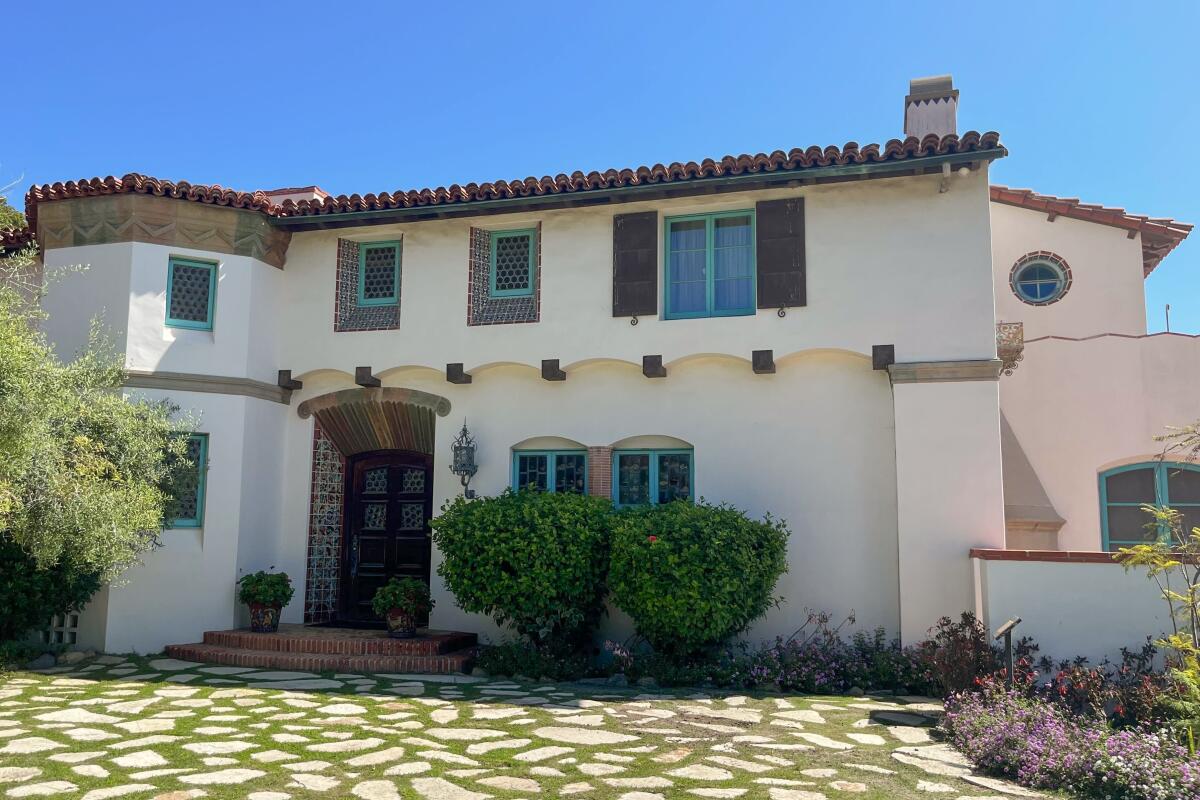
Adamson House
But if you are a fan of Malibu Potteries tile, you must go inside the house, which was added to the National Register of Historic Places in 1979. Designed by Stiles Oliver Clements for Rhoda Ringe and Merritt Adamson, founders of the Adohr Stock Farms, the 1930 home offers a spectacular display of the priceless tile from the hallway floors to the walls of the bathroom and kitchen.
The docent-led tour provides a historical overview of the family and house and a rare opportunity to see the family’s original furnishings including some beautiful paintings by Danish artists Ejnar Hansen and Peter Nielsen. Note: You can take photos from the outside, but no photography is allowed inside.
The Adamson House is open from 11 a.m. to 3 p.m. for general public tours on Thursdays, Fridays and Saturdays. The last tour of the day starts at 2 p.m. Because the property is part of the state park system, the grounds surrounding the Adamson House are open daily from 8 a.m. to sunset. There is no beach access, although the beach and Malibu Pier are a quick walk from the grounds.
Tickets: Adults are $7; ages 6–17 are $2; 5 years and under are free. The house only accepts cash for entrance, and no on-site parking is available. Parking in the adjacent county beach lot is $8. There is also parking at the Malibu Lagoon Lot at Cross Creek. Handicapped drop-off is available in front of the house.
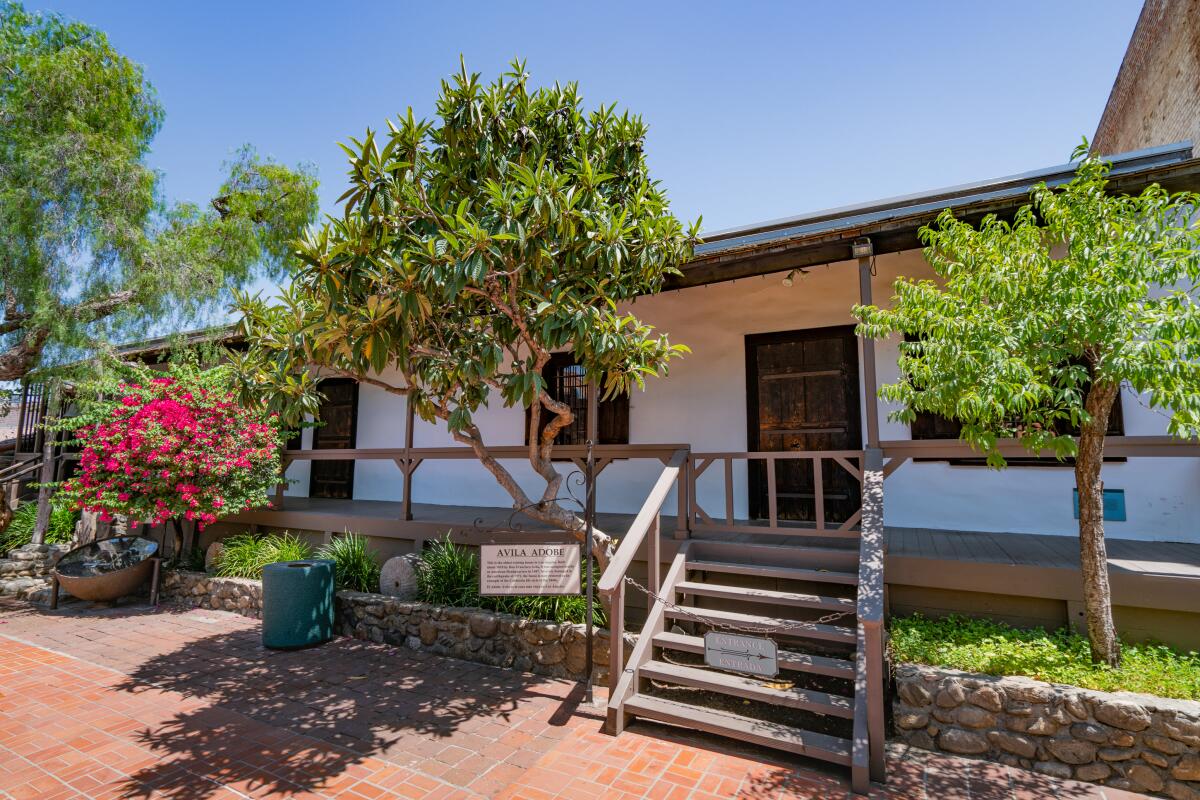
Ávila Adobe
It isn’t L.A. County’s oldest residence though. The Gage Mansion, built in 1795 by the Lugo family and named for a California governor who later lived there, is now owned and encircled by a mobile home park in Bell Gardens.
Admission: Free. Open 9 a.m. to 4 p.m. daily for tours.
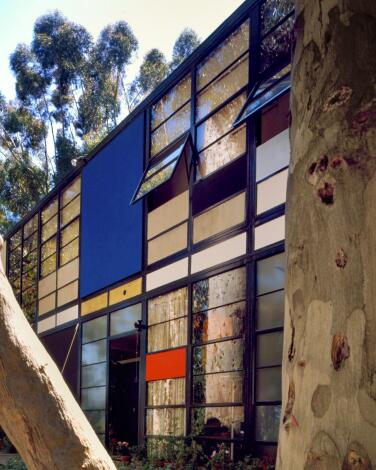
Eames House
The colorful glass-and-steel home and studio, often compared to a Mondrian painting, were built as part of the Case Study program, designed to help alleviate the housing crisis following World War II.
Walking around the Pacific Palisades property, which is located on a bluff overlooking the Pacific Ocean, you can see why the Eameses fell in love with the meadow and were inspired to design their live-work spaces to embrace nature and indoor-outdoor living.
The interiors are not open to the public now, but seeing the first floor through the glass is still magical. (Docents also open the front door and back slider for viewing.) In the living room, which was re-created at the Los Angeles County Museum of Art in 2014, folk art, rugs from around the world, kachina dolls and houseplants blend with modern Eames classics. Even from the outside, it’s beautiful to experience as the interiors radiate warmth like the landscape.
Tickets: $30 for adults; $10 for students. Reservations are required for guided 90-minute exterior tours at 2:30 p.m. Monday, 12:30 p.m. and 2:30 p.m. Thursday and 10:30 a.m., 12:30 p.m. and 2:30 p.m. Friday and Saturday.
There is no parking at the Eames House; free public street parking is available on Corona del Mar, the street just up the hill from the house. Walk down the hill to the shared private driveway entrance, marked with signs for 201, 203 and 205; the Eames House is at the end.
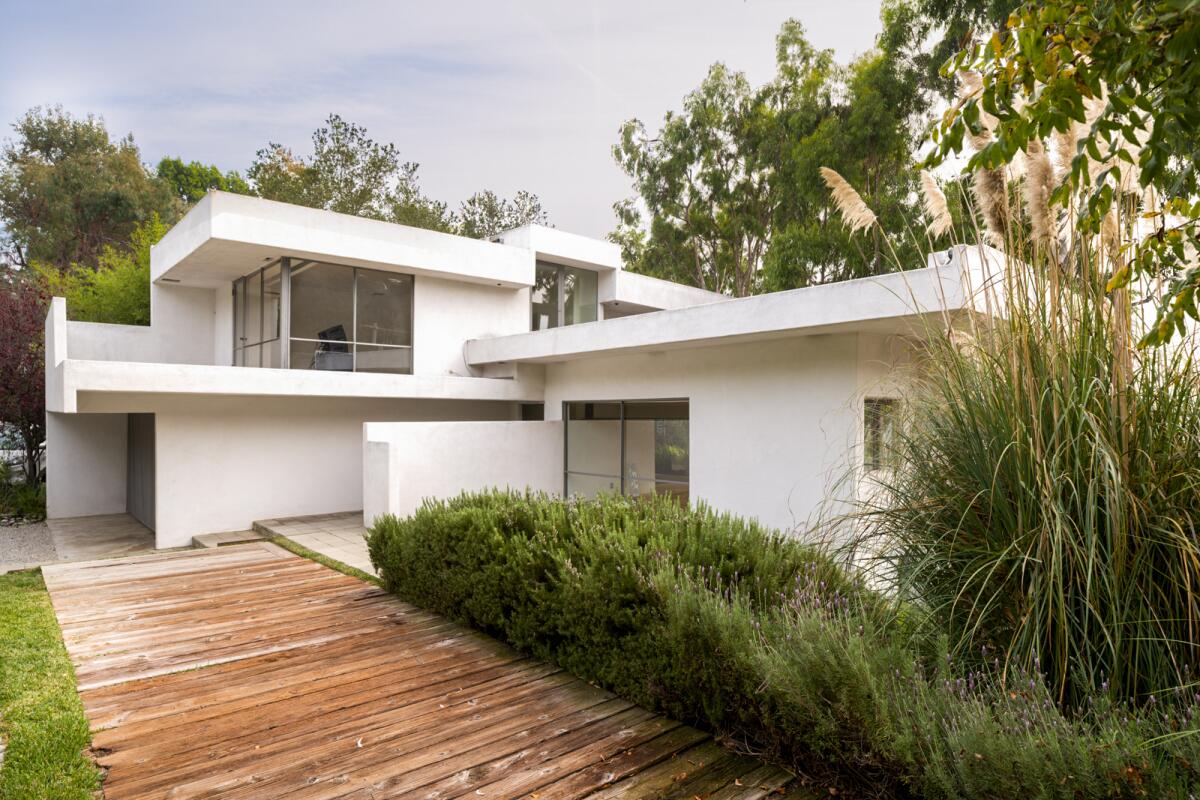
Fitzpatrick-Leland House
Set on a tranquil hillside overlooking Laurel Canyon, it’s hard to believe the Modernist home was initially designed as a model home in 1936. Touring it today, it’s moving to walk through the rooms in its spare state, as you can experience the inherent lightness in its design.
Because the L-shaped, tri-level home is nestled in a quiet neighborhood in the Hollywood Hills, the MAK Center for Art and Architecture, which operates the Fitzpatrick-Leland House, requests advance appointments.
Admission: Free. To schedule a visit, email the Mak Center at [email protected].
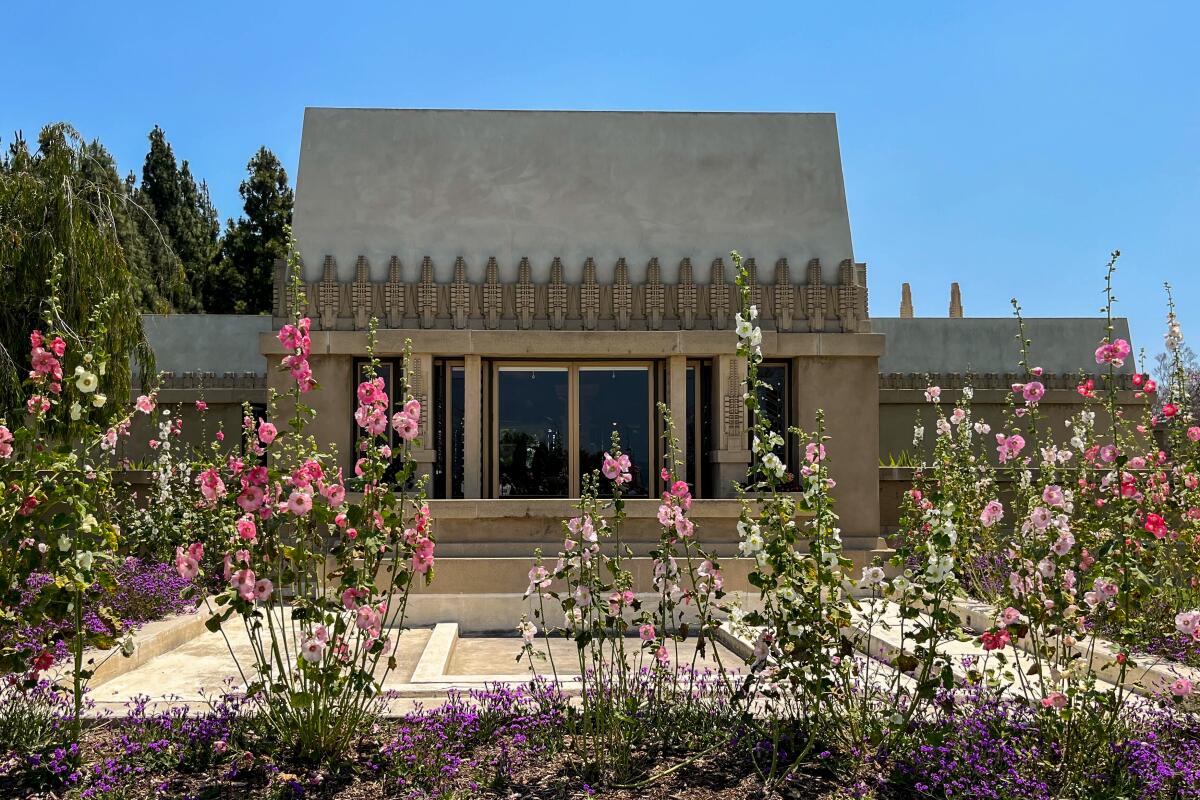
Frank Lloyd Wright's Hollyhock House
That is by design. The house was commissioned in 1918 by oil heiress Aline Barnsdall, who wanted a theatrical home that would serve as a residence and a performing arts complex.
Known as the Hollyhock House for its floral motif — Barnsdall’s favorite — the project was Wright’s first major California project and is a mix of Maya, Spanish Revival and Japanese architectural styles.
With its sunken living room and monumental fireplace, art glass, unexpected water features and custom furnishings — including a fabulous pendant by Rudolph Schindler in the dining room — the house is endlessly fascinating, even if you are not a fan of Wright. (In 2009, New York Times architecture critic Nicolai Ouroussoff acknowledged Wright’s legacy with some critics: “But to many he is still the vain, megalomaniacal architect, someone who trampled over his clients’ wishes, drained their bank accounts and left them with leaky roofs.”)
Not all of the rooms are open to the public. For instance, the home’s clean-lined kitchen with solid mahogany countertops and custom appliances is viewed from behind a velvet rope. (The kitchen was remodeled in 1946 by Frank Lloyd Wright’s son, Lloyd Wright.) If you’d like to see more, check out the narrated virtual tour of the house online.
The house is in East Hollywood’s Barnsdall Art Park, home to the Los Angeles Municipal Art Gallery, the Barnsdall Gallery Theater and the Barnsdall Art Center. The park also has ample picnic space and great views of Griffith Park and the Hollywood sign.
Tickets: Advance tickets are recommended and can be booked online; adults are $7; seniors and students are $3; children under 12 are free. Self-guided tours are available from 11 a.m. to 4 p.m. Thursday through Saturday.
To find out more about Wright’s work in L.A., watch KCET’s “Artbound” episode “That Far Corner: Frank Lloyd Wright in Los Angeles” by former L.A. Times architecture critic Christopher Hawthorne.
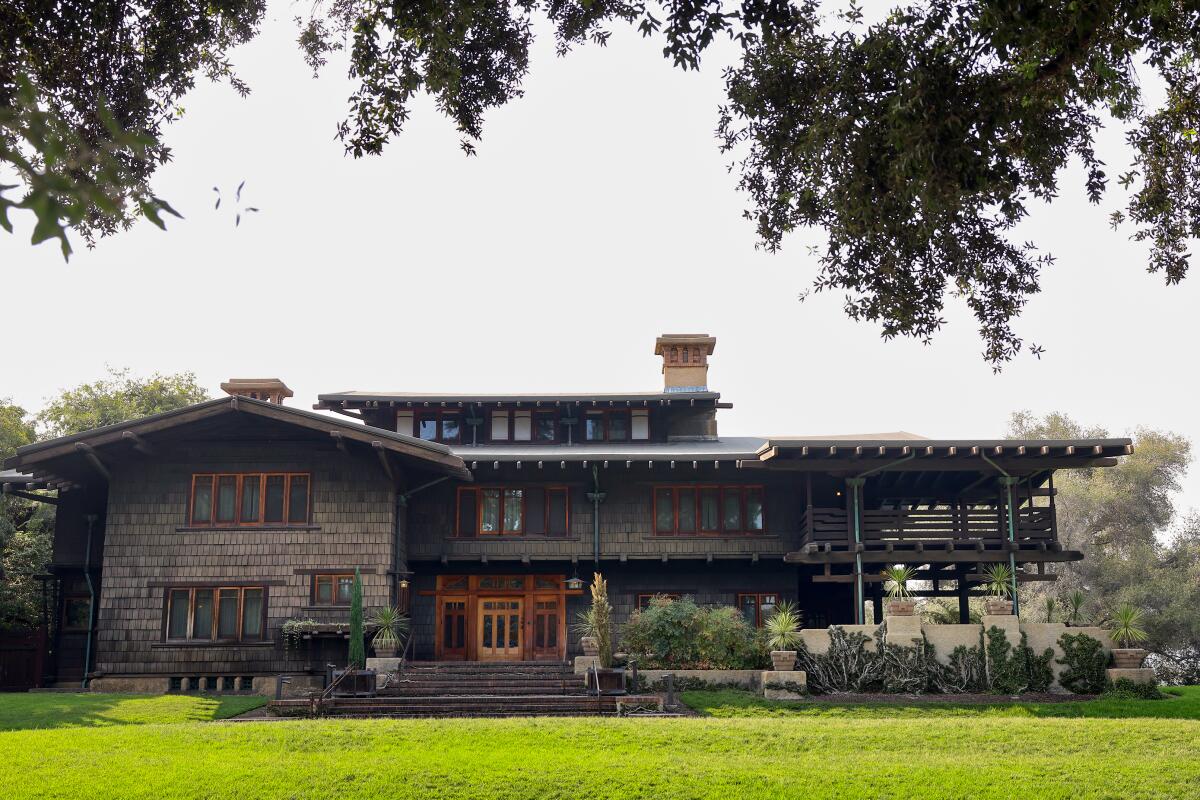
Gamble House
Inside the 1908 Arts and Crafts building, you’ll see intricate woodwork and stained glass galore. You’ll learn about the Gamble family (yes, of Procter & Gamble fame) as well as the painstaking work that architects Charles and Henry Greene put into this stunning home.
Some bright spots of the tour include gawking at the 6-foot-4 front door with its impressive stained glass tree and drippy lead edging, spotting the carved bats in the living room, admiring the custom wood furnishings and noticing a purposeful hint of “wabi-sabi,” or imperfection, in this highly designed home with Japanese influences.
Tickets: $15 for adults; $12.50 for students, children 13-18 and seniors; and children under 12 are free. The Gamble House is open for various docent-led tours, indoors and out, on Tuesday and Thursday through Sunday.
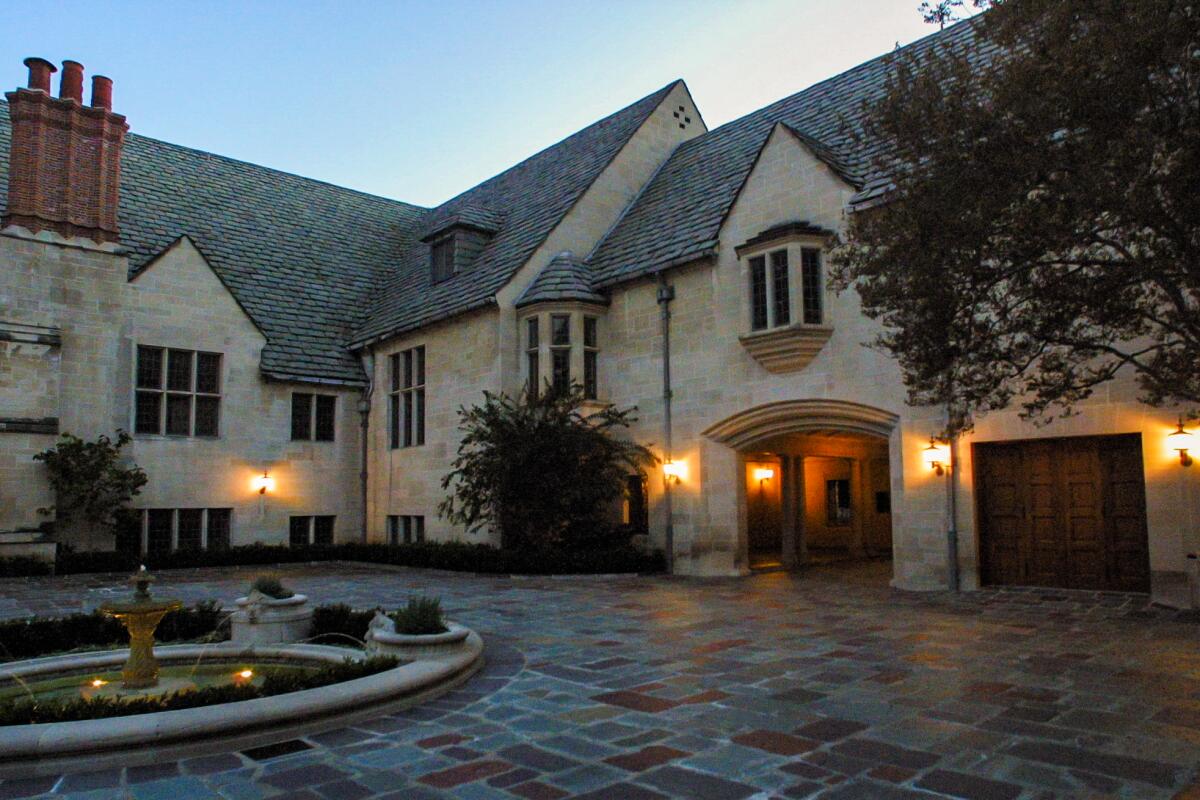
Greystone Mansion and Gardens
The grounds are open to the public daily from 10 a.m. to 6 p.m., but the real draw is the mansion’s interior, which allows self-guided tours of the first floor and the newly restored theater the first weekend of each month.
The house has been featured occasionally in designer show houses, but no amount of Gustavian furniture, flamboyant wallpaper or Tony Duquette-inspired decor can mask the dark history that permeates the 55-room estate — namely the Feb. 16, 1929, deaths of oil heir and homeowner Ned Doheny and his secretary, Hugh Plunkett. Authorities ruled that a deranged Plunkett shot his employer and then killed himself, but the crime remains a source of speculation.
Tickets: $8 for Beverly Hills residents, $10 nonresidents, for the self-guided tour and must be purchased in advance.
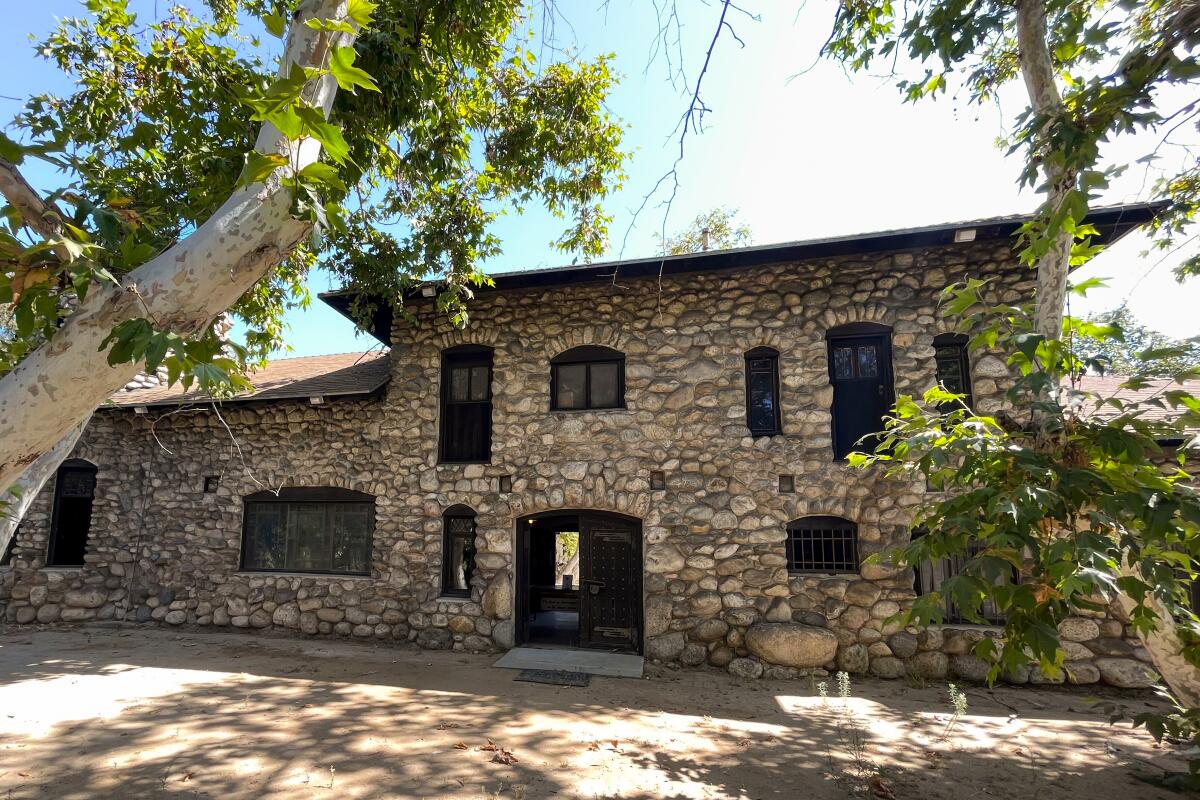
Lummis Home (El Alisal)
Lummis built his home by hand over a period of 15 years, with the help of a constant stream of Indigenous kids from the Isleta Pueblo in New Mexico. The floors are all concrete so that they could be easily hosed down after one of the endless parties that Lummis threw at the house (he called them “noises”). Wander around the bountiful gardens and imagine what it must have been like to spend time here before the 110 Freeway was constructed, just steps away.
And did you know this? Embedded into the window frame in the living room are negatives from photographs that Lummis took during his travels around the Southwest.
Admission: The Lummis Home is open for free, self-guided tours from 10 a.m to 3 p.m. Saturday and Sunday. Docents from the Los Angeles Department of Recreation and Parks are usually there to answer questions.
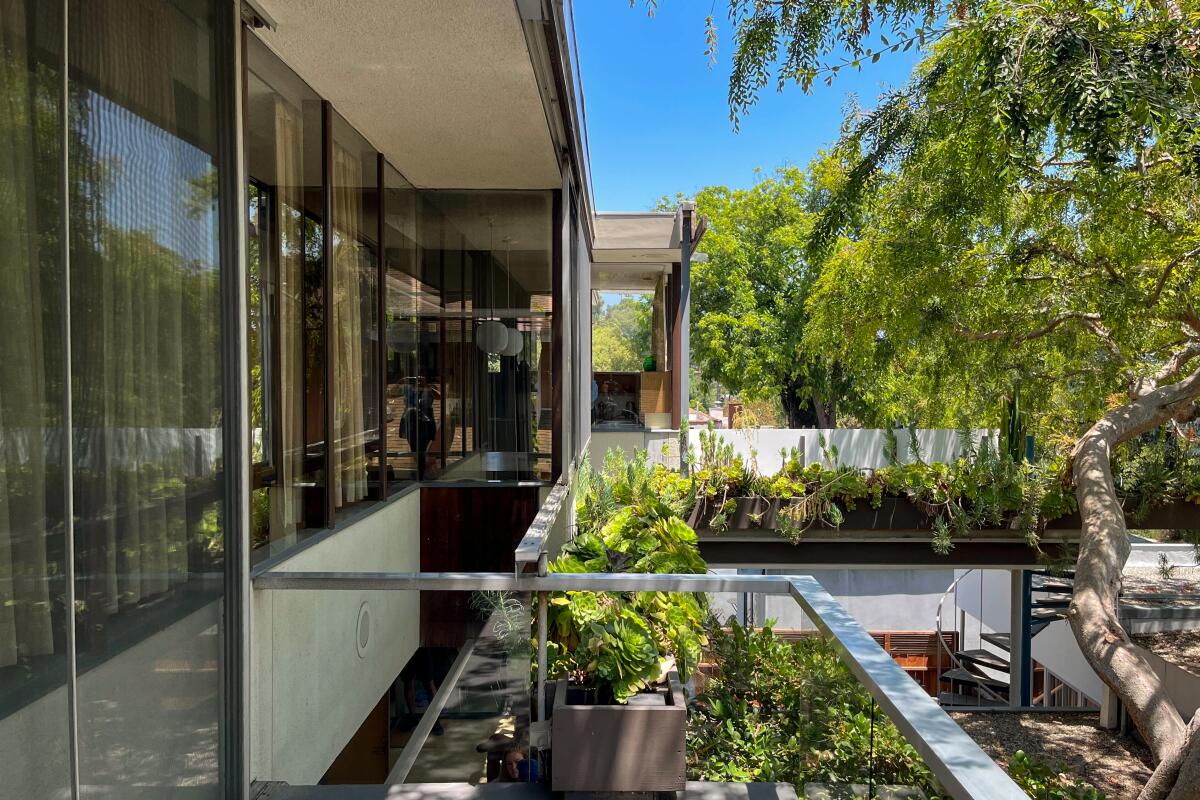
Neutra VDL Studio and Residences
The interiors are spare: The bedrooms are tiny with built-in desks, and the bathrooms feature colorful tile that feels of the moment. And like so many Midcentury Modern homes, the claustrophobic kitchen features an awkwardly placed cooktop that feels designed for one person. (I find kitchens in historic homes endlessly fascinating because of how disappointing they are in terms of function.) But with its connection to the outdoors, the interiors feel expansive, which must be why so many design students from around the world sit and marvel at Neutra’s genius on the rooftop, living areas and shaded backyard.
The nonprofit Cal Poly Pomona Foundation owns the house, and the on-site caretaker — an architecture student — is available to answer questions during your tour.
Tickets: $15 for adults; $10 for students and seniors; and children under 15 are free. Open 11 a.m. to 3 p.m. Saturdays and during special exhibitions. The last tour starts at 2:20 p.m. All proceeds benefit the maintenance and restoration of the house.
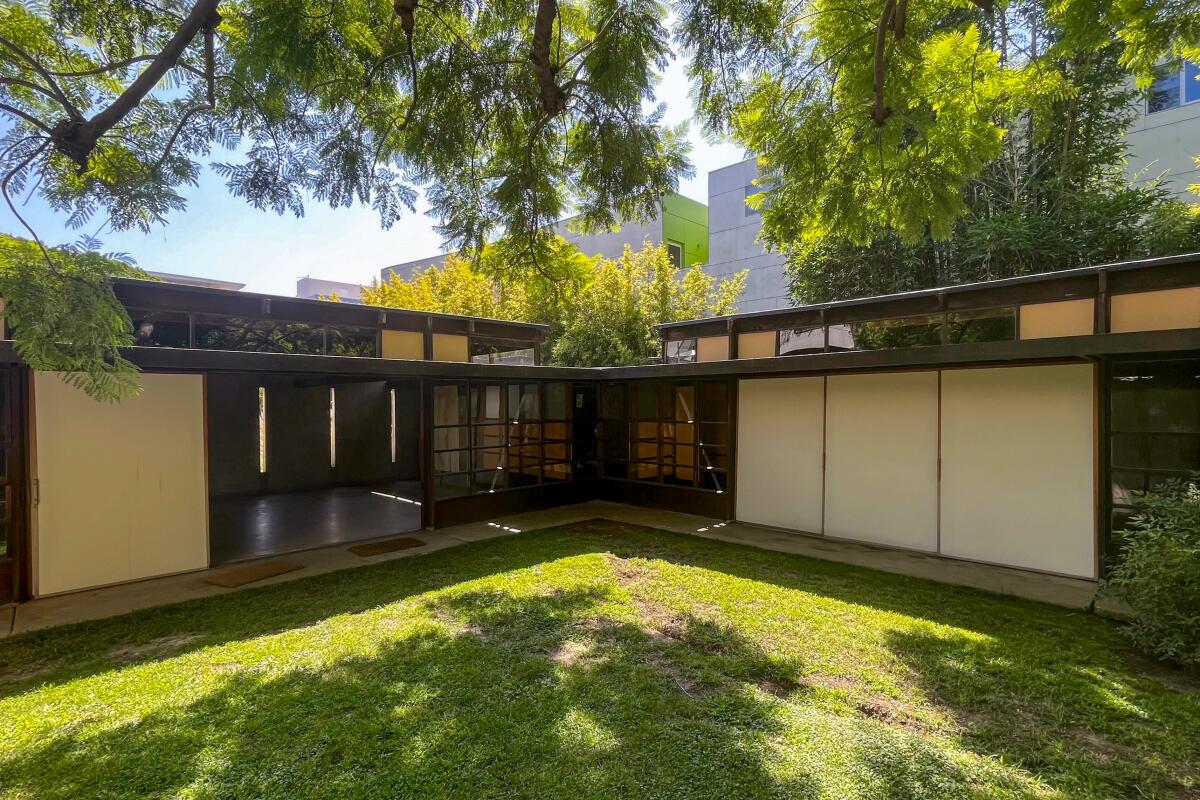
Schindler House
Schindler designed the Modernist landmark made of tilt-up concrete slabs in 1922 for himself, his wife and another couple, with communal living spaces and a sleeping porch on the roof.
The house, which serves as the MAK Center for Art and Architecture headquarters, is empty during the tour as it is used for special exhibitions and programming. No matter. The interiors are fascinating, and it’s fun to imagine how both families interacted in the space. The house is composed of four rooms on a pinwheel-like floor plan; couples were at opposite ends of the house and had communal gathering areas (the garden patios, shared kitchen and outdoor sleeping porches).
Bring your headphones or borrow a listening set at the Schindler House if you’d like to hear an audio tour. You can also scan a QR code to access a PDF for self-guided tours.
Tickets: $10 for adults; $7 for students and seniors. Advance tickets can be purchased online and are recommended but not required. Open 11 a.m. to 6 p.m. Wednesday through Sunday.
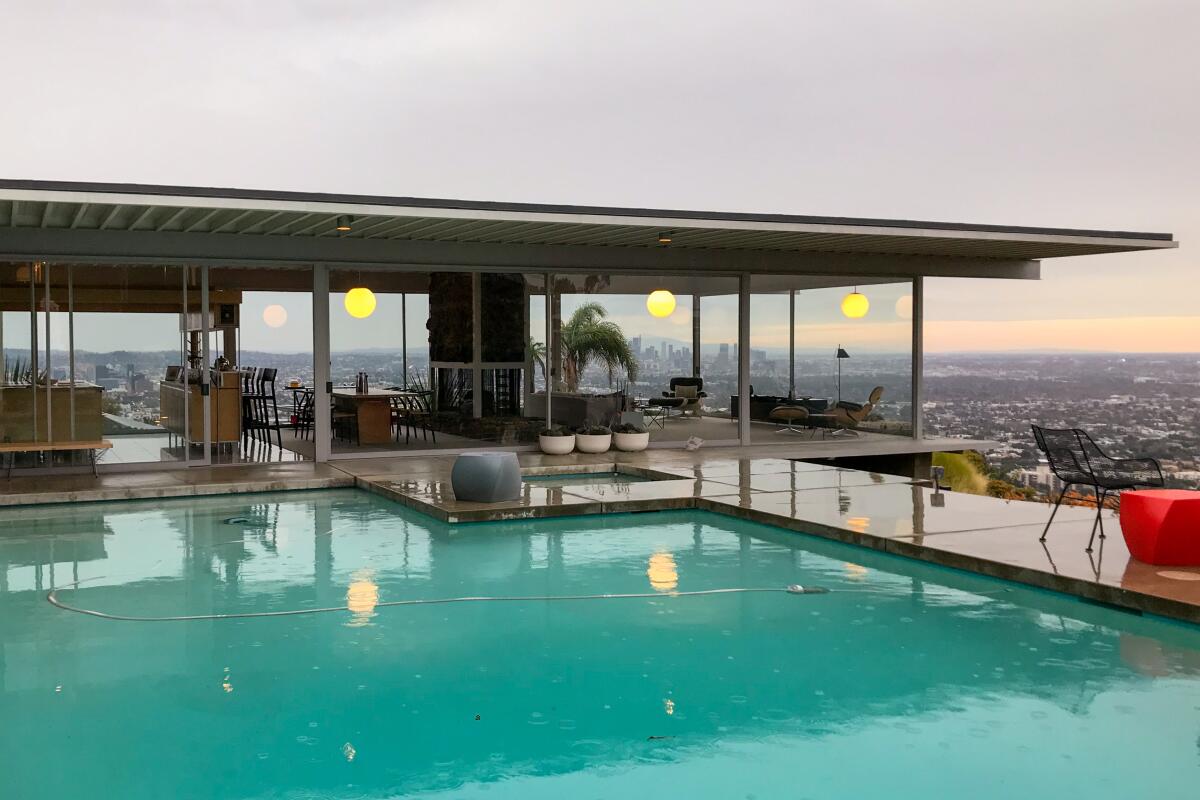
Stahl House
Yes, the house feels familiar, but it’s still surprising, especially the bathroom covered in lime-green shag carpet. Booking a tour is not easy (you’ll need to snag reservations months in advance), but once you are there, you are free to roam (except into one of the bedrooms), snap selfies in an Eames lounger and experience the space and breathtaking views.
Tickets: $35 to $90 (depending on the time of day) booked online. Afternoon and evening tours are offered on Wednesdays, Saturdays and two Fridays a month. The home is closed from Dec. 17, 2023, through Jan. 7, 2024. Parking is minimal. The Stahl House allows one vehicle for every five guests, up to a maximum of five vehicles.
Subscriber Exclusive Alert
If you're an L.A. Times subscriber, you can sign up to get alerts about early or entirely exclusive content.
You may occasionally receive promotional content from the Los Angeles Times.
